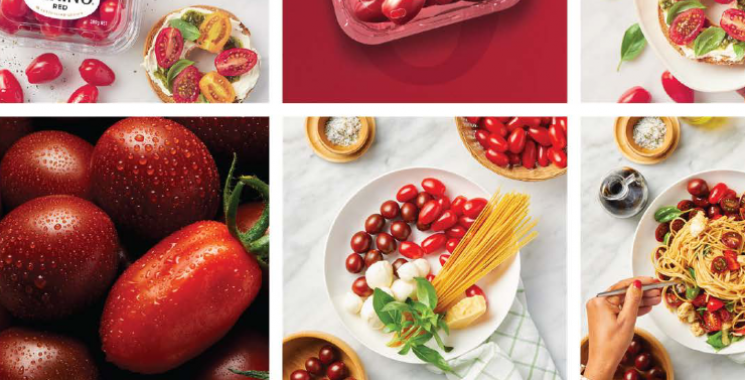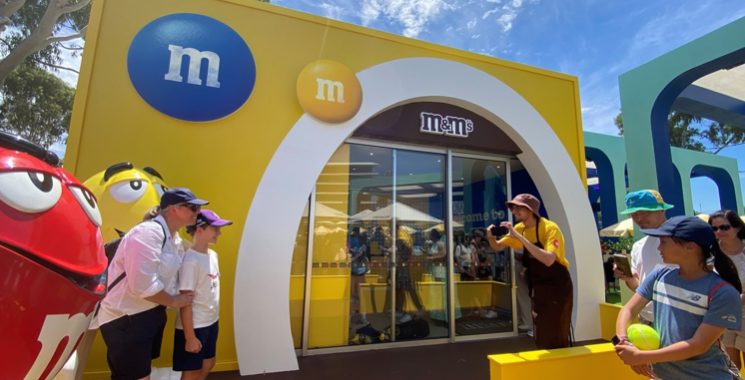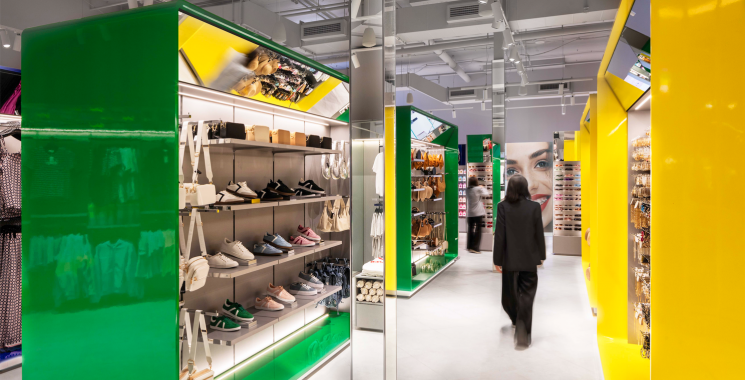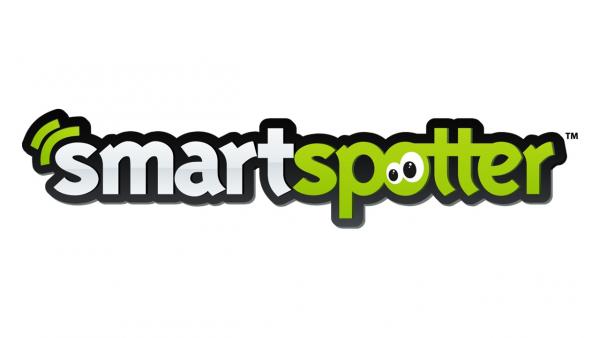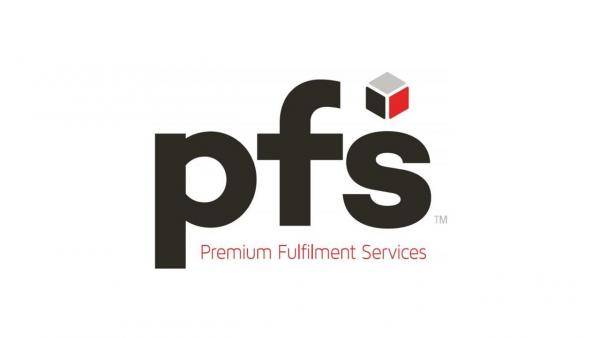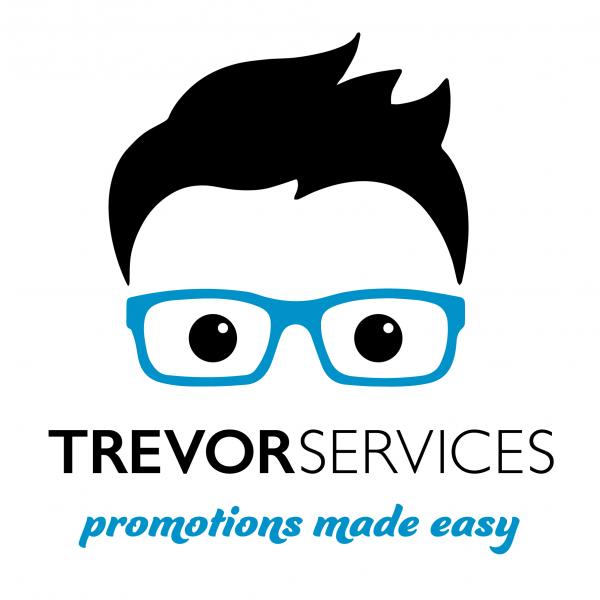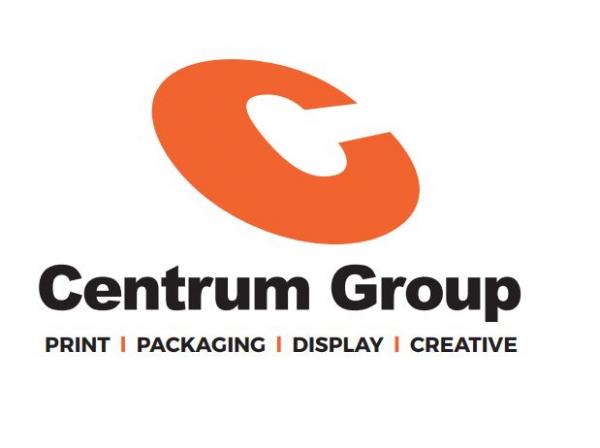Experiential, Digital, Personal, Subliminal
By Norrelle Goldring, GfK
Euroshop, one of the world’s largest retail fairs, held every three years in Dusseldorf, Germany is enormous.
Three hundred presentations on six information forum stages ran for five days across 18 expo halls in the small suburb that was the fairground. Forums included POPAI, Omnichannel, Architecture & Design, Expo & Event, EuroCIS, and Ecopark.
While it was impossible to get to everything, we’ve summarised the key themes, broadly into Experiential, Digital Integration, Subconscious & Subliminal, Personalisation, and Values not Demographics.
EXPERIENTIAL
What it is: A shift from environments that are transactional (sales per square metre) to ones that create attraction and engagement (experience per square metre). Environments that are entertaining, fun, social, and encourage touch and emotion. Environments which assist shoppers in trial, learning, using, experimenting, creating and expressing.
Examples: Many seem to be in New York City: the Cadillac shop, Samsung 837 flagship where you can’t buy anything, Sonos, also Adidas and Nike.
What it means for FMCG: Grocery shopping doesn’t have to be a chore; in Australia we’ve just made it that way. More can be done in supermarket and convenience store aisles outside of fresh departments to encourage interaction, learning, and a sense of fun. A ‘clean store’ does not equal a fun one. Simplicity is merely the cost of entry, what are you going to do to provide an engaging experience?
DIGITAL INTEGRATION
What it is: Not just in the information forums but across the hundreds of expo stands in the Euroshop halls, what was quietly evident was the commonplace-ness of digital technology. Not special or pointed out, just there in an integrated way. Digital across shoppers’ whole journeys both inside and outside the store, preferable in a ‘frictionless, seamless, borderless’ manner that is efficient, convenient and removes pain points. On the other side, use of technology to enable, disrupt or engage shoppers via virtual reality, augmented reality, proximity and near field communication, automation, and fun techniques like holographics.
Examples: Amazon Alexa, Amazon Go, Ford Hub NYC, Pinterest Lens, Gap Tango 3D Avatars.
What it means for FMCG: Removing out of stocks and omnichannel delivery pain points. Creating more flexibility, for example, with digital price tickets. Enhancing shopping experience with digital techniques both via mobile and via digital POS instore. Creating more engagement with brands both at and pre shelf with virtual and augmented reality.
SUBCONSCIOUS & SUBLIMINAL
What it is: Talking to the brain’s ‘System 1’ cognitive process, which is intuitive, instinctive, lightning quick, and automatic. This means using senses and symbols to create instant recognition and memory recall. Techniques can include lighting, shapes and surfaces (round and soft = friendly, spiky and hard = intellectual), colours, symbols, smell and scents to increase dwell time and spend, music to speed people up or slow them down, temperature, and space design to move people around in a subconscious path. Pop up retail talks to intuitive cognitive bias around scarcity (won’t be here very long) and serendipity (lucky to have happened across it).
Examples: Wurth tools trade store where the walls resemble workshop tool shadowboards and the brushed metal benches reflect metal toolboxes. Sonos studios listening rooms.
What it means for FMCG: Much can be done here, particularly with smell given the food based nature of many FMCG products. The use of broadly understood symbols and colours on product packaging should also be further explored.
PERSONALISATION
What it is: Hand crafted products and services, or creating your own version of a product or service.
Examples: Pirch showers, where you book a time to try out the showers in store, Rockar car showrooms, Toyota 360 showroom kiosks, Levi’s Forestbound bags, Target Australia’s ‘Style Me’ fashion consulting service.
What it means for FMCG: Know your customer. Tailor offers and recommendations to their needs based on what you know about them (and what they’ve been willing to share with you). Actively get customers to design products and services with you (co-creation). Investigate opportunities for hand crafted products using artisanal ingredients or ancient processes.
VALUES NOT DEMOGRAPHICS
What it is: About what people value and what motivates them, rather than who they are geodemographically (age, income, location, gender etc). Psychographics such as ‘luxurians’.
What it means for FMCG: Segmenting and marketing to shoppers based on attitudinal values such as the importance of environment and sustainability, or status, or their level of involvement in the category.
Norrelle is Vice Chair of POPAI and APAC Region Shopper Lead at global shopper research and retail datahouse GfK.
